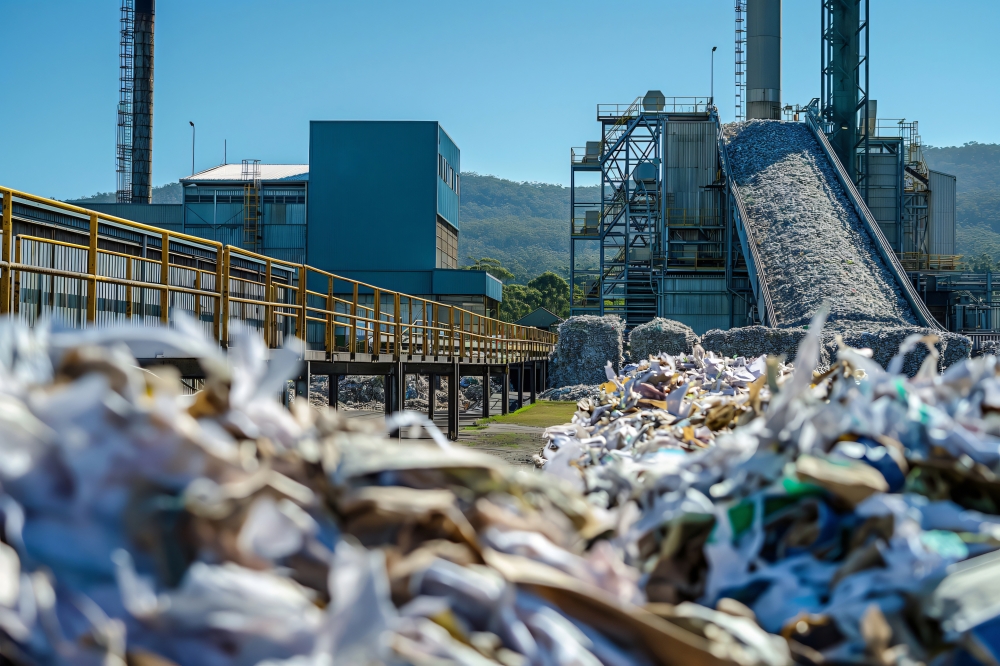
Coatings Technology Blog
Plasmadize® Adds Life to Metal Impellers in Cardboard Recycling

Cardboard recycling is a tough and dirty job, and steel impellers are often in the middle of it all. Whether creating slurries in pulping machines, de-inking equipment or as part of air classification systems, impellers make high-volume material flow possible, but also take a constant beating from contaminants. When impellers get damaged in cardboard recycling processes, their efficiency and lifetime suffer. That’s why metal impellers and their side plates require an effective means of protection to ensure cardboard recycling processes run smoothly.
How Impellers Are Used in Cardboard Recycling
These processes make metal impellers vital to cardboard recycling:
- Pulping. To break down fibers and separate them from contaminants, impellers mix cardboard with water and various chemicals to create a slurry.
- De-inking. Metal impellers are also present in floatation tanks that agitate the pulp. Ink particles slide off the fibers and attach themselves to bubbles, resulting in clean fibers that are used to make the recycled cardboard.
- Air classification. Impellers separate recyclables by creating strong air currents that lift, for example, paper and cardboard so heavier objects like glass can fall to a different conveyor belt.
In all three of these processes, non-recyclable or abrasive contaminants pose significant threats to impellers and side plates. Scratches and abrasions from scrap metals like staples or glass fragments can wear down their metal surfaces, and the consequences typically include frequent repairs and part replacements along with the associated downtime, productivity reductions and shorter lifetimes. At Magnaplate, we developed a surface treatment that excels in protecting metal parts used in cardboard and paper recycling equipment.
Plasmadize® coatings are enhanced thermal spray composites — a matrix of metals, ceramics, polymers and dry lubricants — that provide superior wear and abrasion resistance even in the most severely abrasive applications.They also offer a low coefficient of friction (COF) and excellent release properties. The composite matrix of this family of coatings typically creates a hardness that surpasses the Rc scale. Additional features include:
- Operating temperatures range from -200 to +1,000°F (-128 to +537°C).
- Minimal weight loss after 1,000 Taber abrasion cycles.
- Resistance to acids, alkalis, chlorides, most organic solvents, sulfites, thiosulfates and pulp bleaching chemicals.
- Some types are USDA/FDA compliant, and some are PFAS free.
Revitalize Metal Parts and Productivity
Magnaplate customers in the cardboard recycling industry report tremendous success using Plasmadize on metal impellers and side plates, and they have extended part lifetimes from one to two months to 12 to 18 months. When abrasive contaminants are present in recycling streams, Plasmadize can rejuvenate metal parts and productivity.
For more information about our Plasmadize family of thermal spray coatings, please visit our product page.